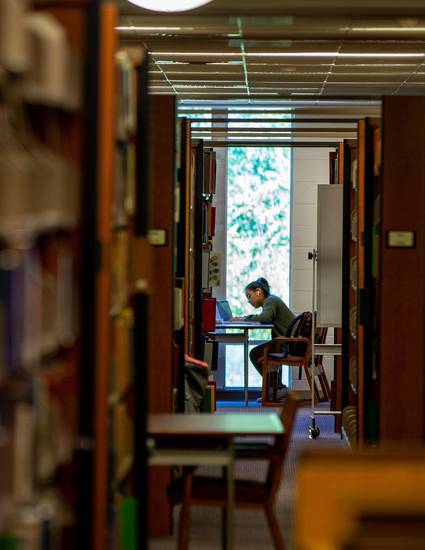
Article
Moving Beyond Brown: Race and Education after Parents v. Seattle School District No. 1.
Teachers College Record: The Voice of Scholarship in Education
(2011)
Abstract
Background: By a 5-4 margin, the U.S. Supreme Court in Parents Involved in Community Schools v. Seattle School District No. 1 declared that voluntary public school integration programs were unconstitutional. Citing the prospective harm that students and their families might incur from being denied admission to the high school of their choice, the Supreme Court declared that the plaintiffs, Parents Involved in Community Schools (PICS), had a valid claim of injury by asserting a interest in not being forced to compete for seats at certain high schools in a system that uses race as a deciding factor in many of its admissions decisions. Purpose: The goal of the article is to discuss how conceptions of harm and fairness as articulated in Parents Involved in Community Schools v. Seattle School District No. 1 privilege the self-interests of White students and families over the educational needs of students of color. Research Design: This article is a document analysis. Conclusions: By referencing the Brown v. Board of Education of Topeka decision of 1954 (Brown I) to buttress its decision, the U.S. Supreme Court has determined that programmatic efforts to ensure students of color access to quality learning environments are inherently ominous. The dilemma moving forward for policy makers and scholars concerned with the educational advancement of students of color is not to develop new ways to integrate America's public schools or reconcile the gaps in the Supreme Court's logic, but rather to craft programs and policies for students of color around the human development and workforce needs of the global economy.
Disciplines
Publication Date
April, 2011
DOI
https://doi.org/10.1177/016146811111300406
Citation Information
Jamel K. Donnor. "Moving Beyond Brown: Race and Education after Parents v. Seattle School District No. 1." Teachers College Record: The Voice of Scholarship in Education Vol. 113 Iss. 4 (2011) p. 735 - 754 Available at: http://works.bepress.com/jamel-donnor/20/
